Book Must-Haves
- wordytips
- May 9, 2022
- 5 min read
Updated: Jul 26, 2023
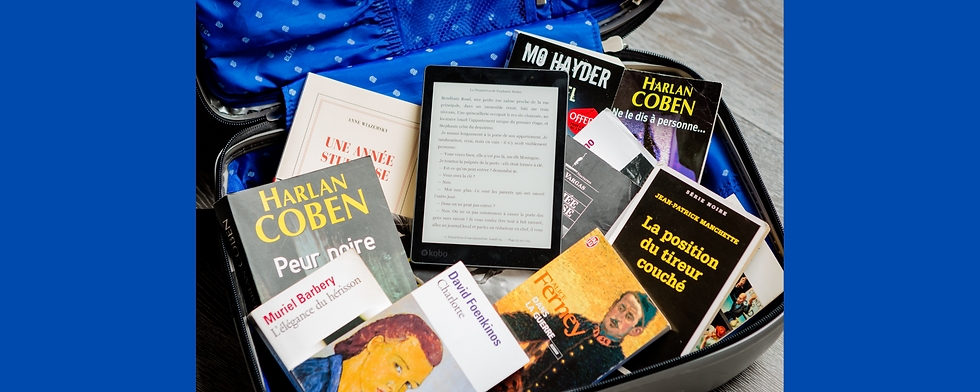
Every book out there needs a worthy story with an intriguing plot, interesting characters with depth that readers will care about, an imaginative yet relatable world, and a certain je ne sais quoi that makes it memorable. It must also be polished, tight, and solid. We’ve all read page-turners we absolutely loved and mediocre books that left us with a meh feeling. Why is that? What elements do we need to throw down to achieve that awe-inspiring novel that readers recommend to their friends and wait with heightened anticipation for the next in the series? Conversely, what’s MIA in those novels without chemistry? Why do they leave readers feeling flat?
Let’s Figure This Out Together
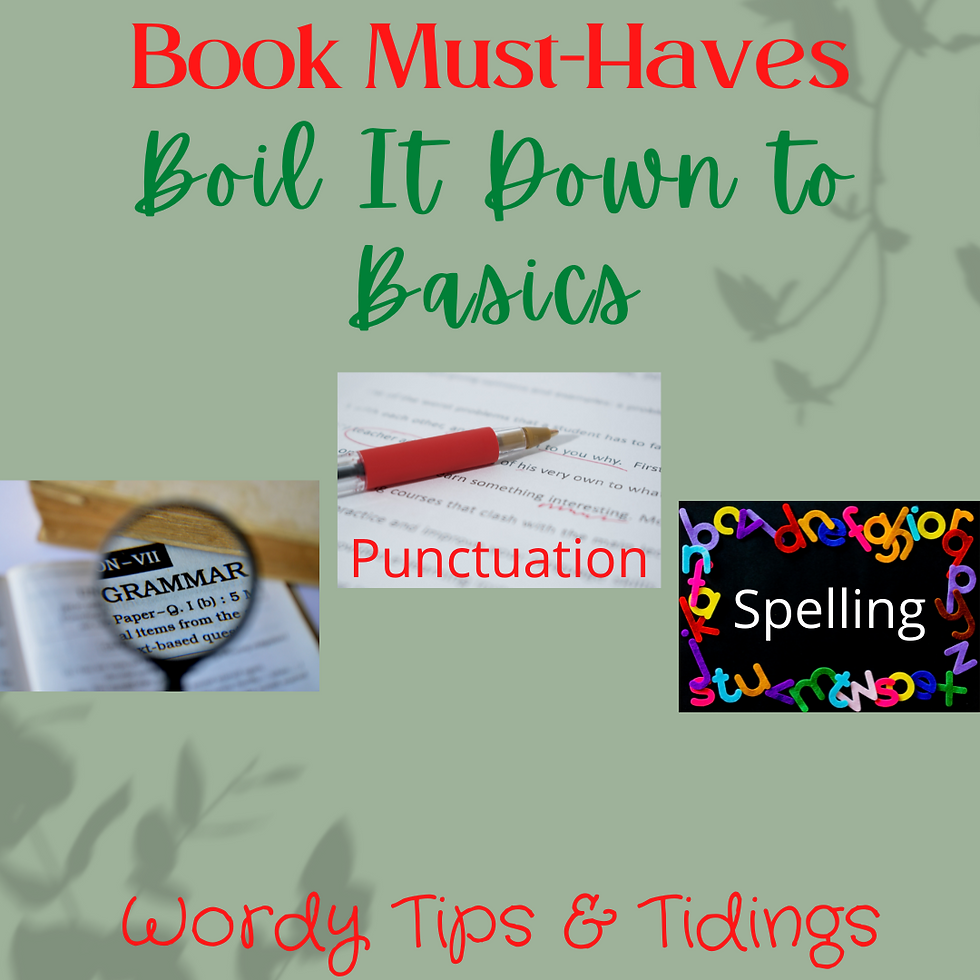
Every book must be as mistake-proof as possible. That means proper punctuation, grammatically correct sentences, and spot-on spelling. Oh, and hunt down and fix any typos in your manuscript before sending it to the publishing gods.
Okay, so, you’ve tackled the simple fundamentals above now you need to comb your WIP for the specific modus operandi every book, clamoring for success, needs.
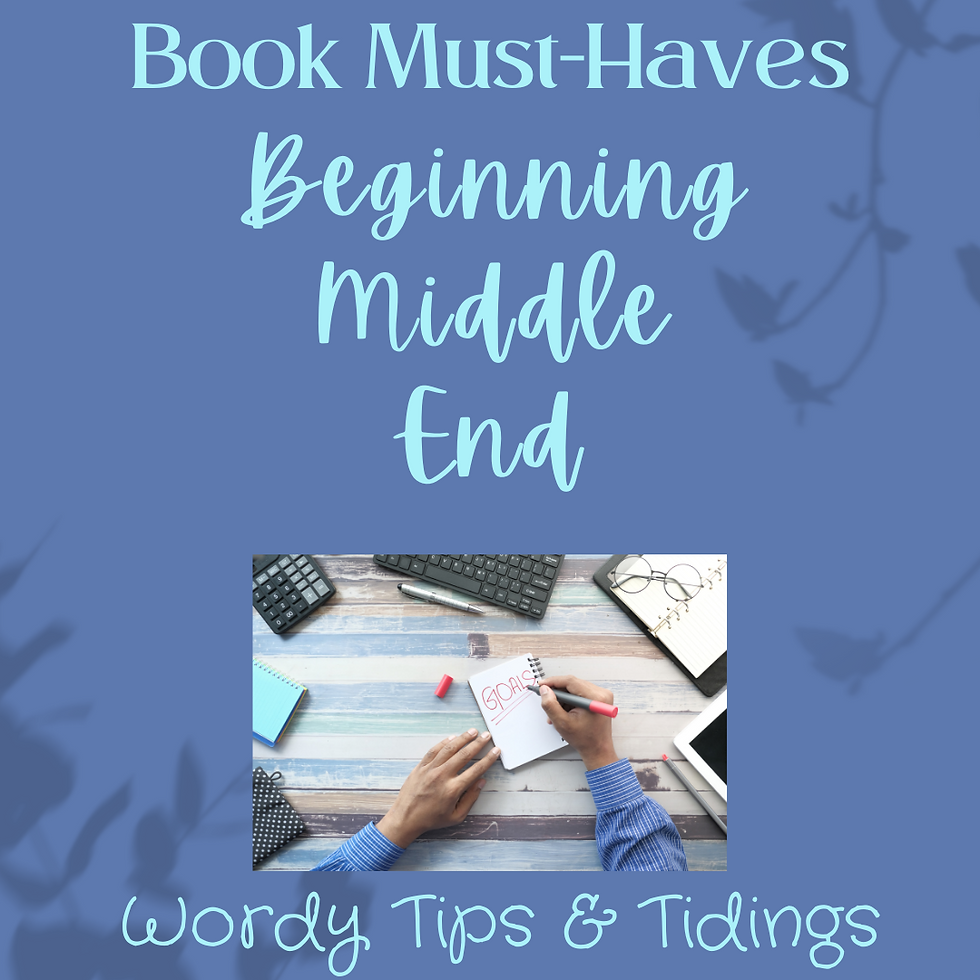
Beginning – Lead with an attention-grabbing first sentence, followed by first chapter paragraphs that acquaint the reader with the protagonist and his/her dilemma, present the setting and time, hint at plot, establish POV, and introduce the nemesis, villain, or antagonist. In subsequent paragraphs usher in additional characters, a love interest, etc. and begin the sequence of events that move the story along. Insert conflict. Let dialogue, writing style, and voice assist with narrative.
Middle – Direct readers where you want them to go. Allow the plot to unfold and add in twists. Keep the reader interested and in anticipation about what comes next. Hold on to the necessary, ditch boring and unrelated elements that stall the story. Manage all the in between by thinking of it as a run-up to the big finish. Continue with conflict and move your protagonist toward growth.
End – Wrap it in a nice red bow. Create a satisfying ending even if you include a cliffhanger or clues for the next installment. Readers can’t stand a blah or irritating ending they feel they could rewrite better themselves.
Sounds obvious, right? Yet, some writers tend to get lost in the middle or start their story in the wrong place. Some books have an exciting opening, but fall flat in the end, leaving readers unsatisfied.
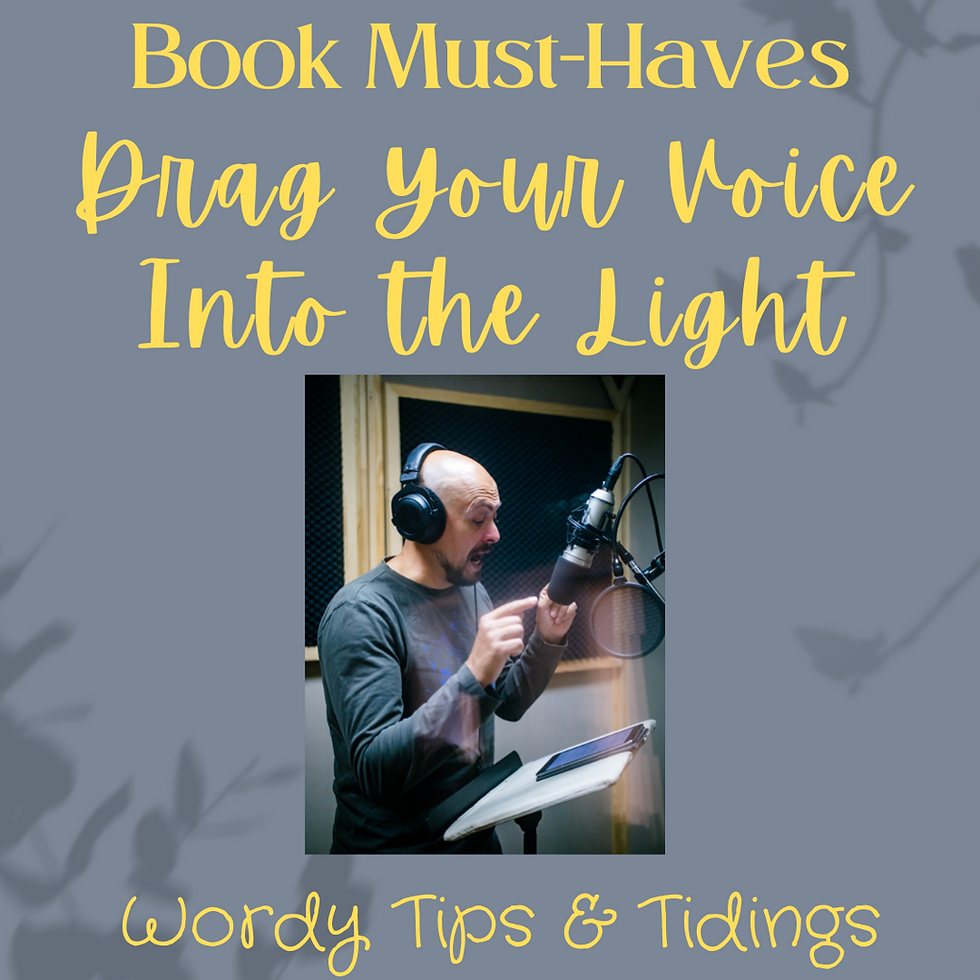
Your unique style and distinctive voice must shine thorough, but not overshadow the story with too many quips. Word choice needs to reflect your charm while adding quality. Both should blend seamlessly and endure from beginning to end. Avoid passive voice.
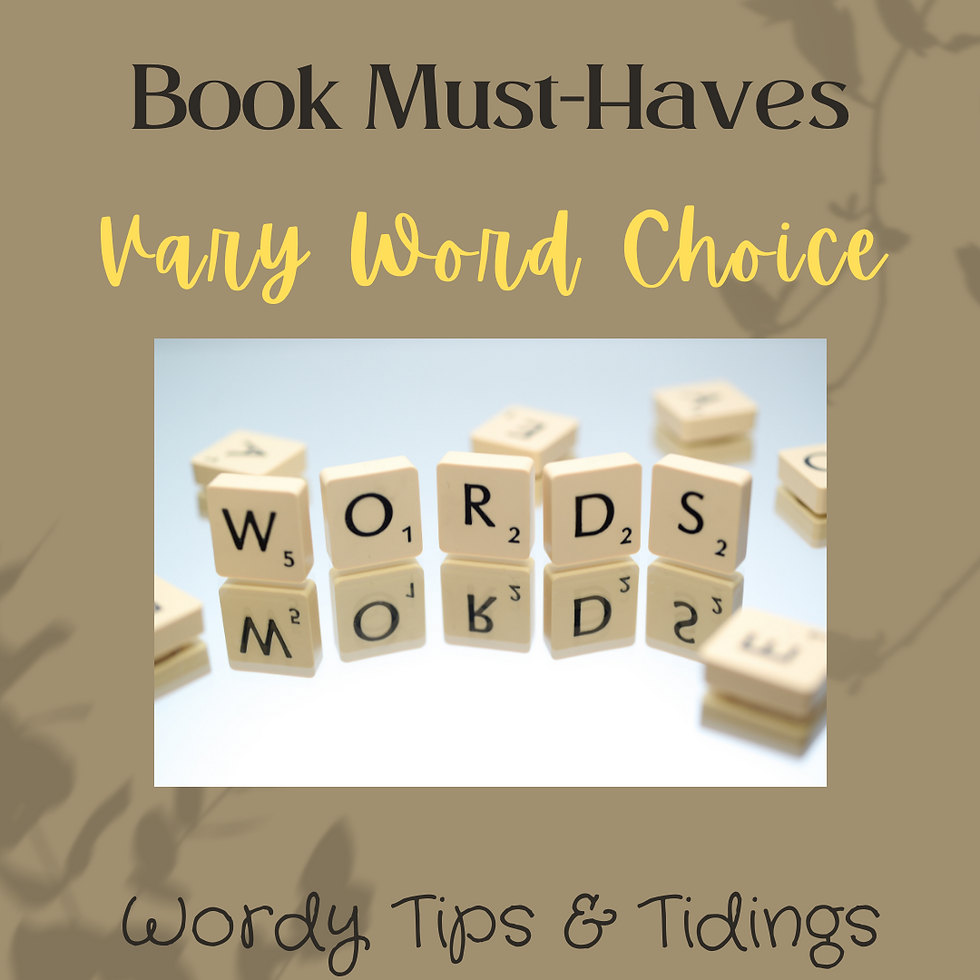
Scan your manuscript for repeated words and phrases. Authors who use the same words over and over tend to bore readers and create predictability. Shake it up. Expand your vocab. Writing Tips
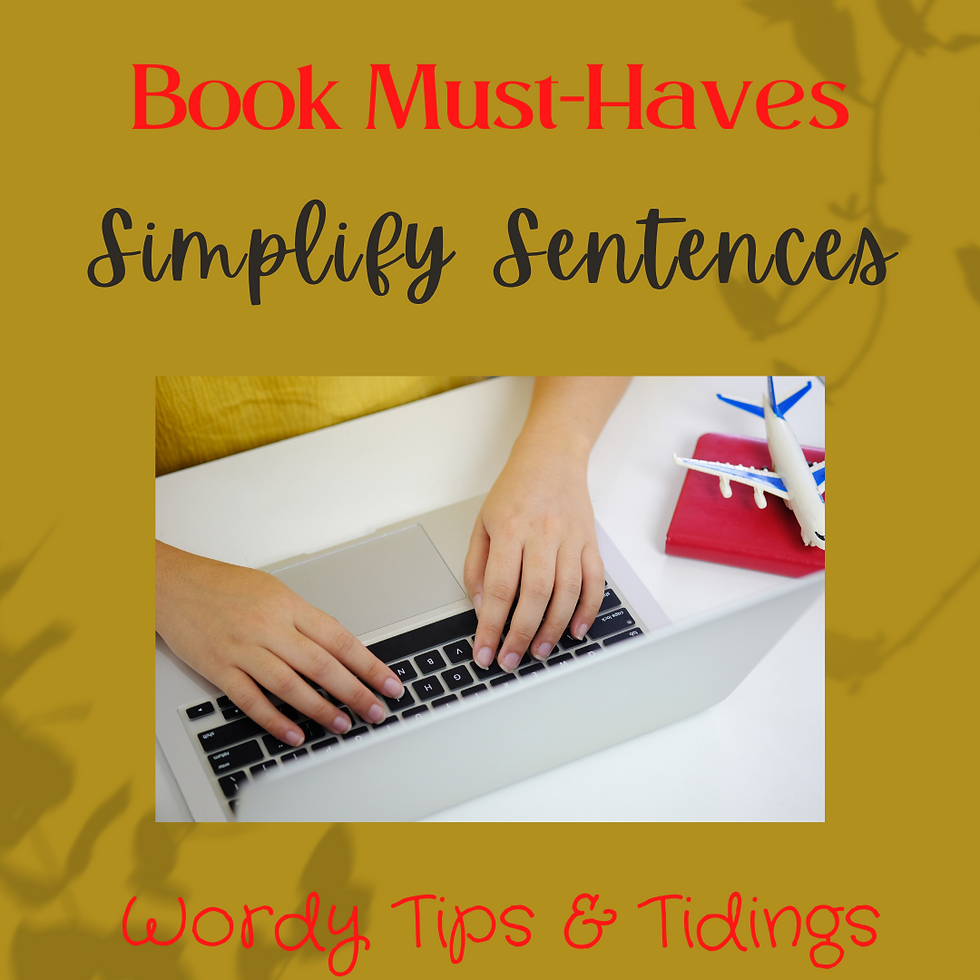
Get to the point without complication. Long sentences bore readers. Keep it concise but meaningful. Eliminate busy words. Ditch “ly” words. Use less words to convey the same meaning. Vary sentence structure and length. Watch how you compose sentences. Do you have the same pattern sentence after sentence? Paragraph after paragraph? Rattle those sentence cages. Pop out of your comfort zone. Breathe variety into predictable statements. Writing Tips
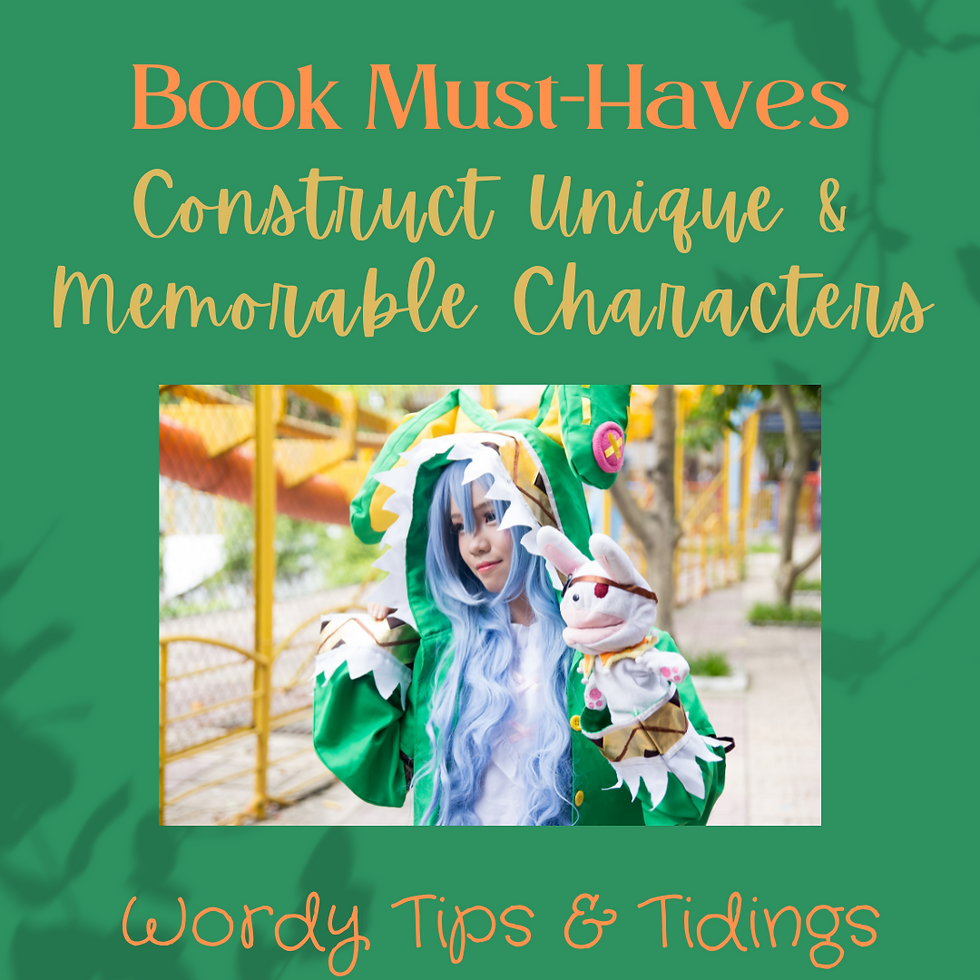
Build believable characters from the toes up. Assign them quirks, distinct traits, and appearance qualities that set them apart. Give them a voice all their own so even without dialogue tags, readers know who’s speaking. Construct them in a way readers will care about them even if they are the perceived anti-hero like Severus Snape from the Harry Potter series.
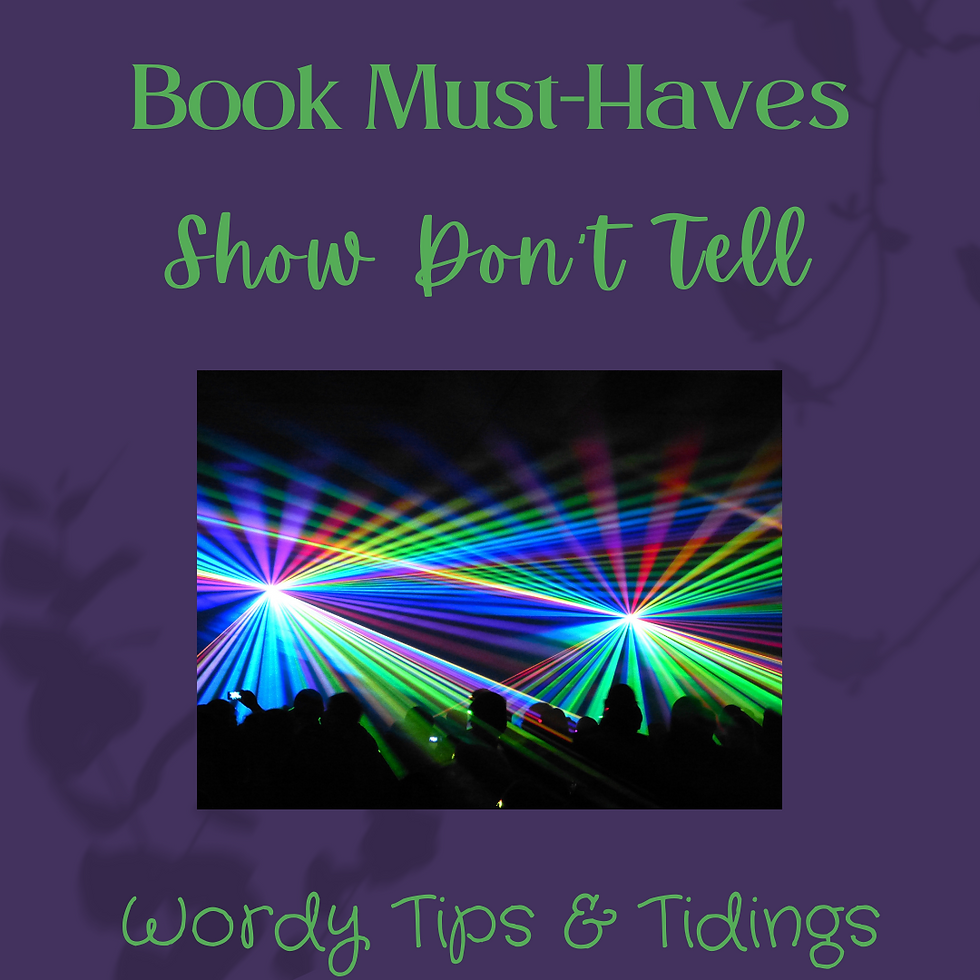
Ah, SHOW DON'T TELL, The infamous one-liner that confuses the hell out of newbies. Telling is saying things like, “She was nervous.” “He was excited.” “It was a hot day.” Showing allows readers to visualize clearly, minus the adjectives. “She twirled her hair and bit her bottom lip.” “He thrust his fist in the air when the guitarist strummed the first note of his favorite song." “The sun burned her face as sweat dripped down her back.”
Do your best with this must-have. It isn’t always clear, and it doesn’t always work. Sometimes telling is necessary, especially for transition purposes. Often, a bit of telling is followed by showing. Most novels are a mixture of both. Some of the most prolific authors in the world do a lot of telling. Do what makes sense and sounds clear.
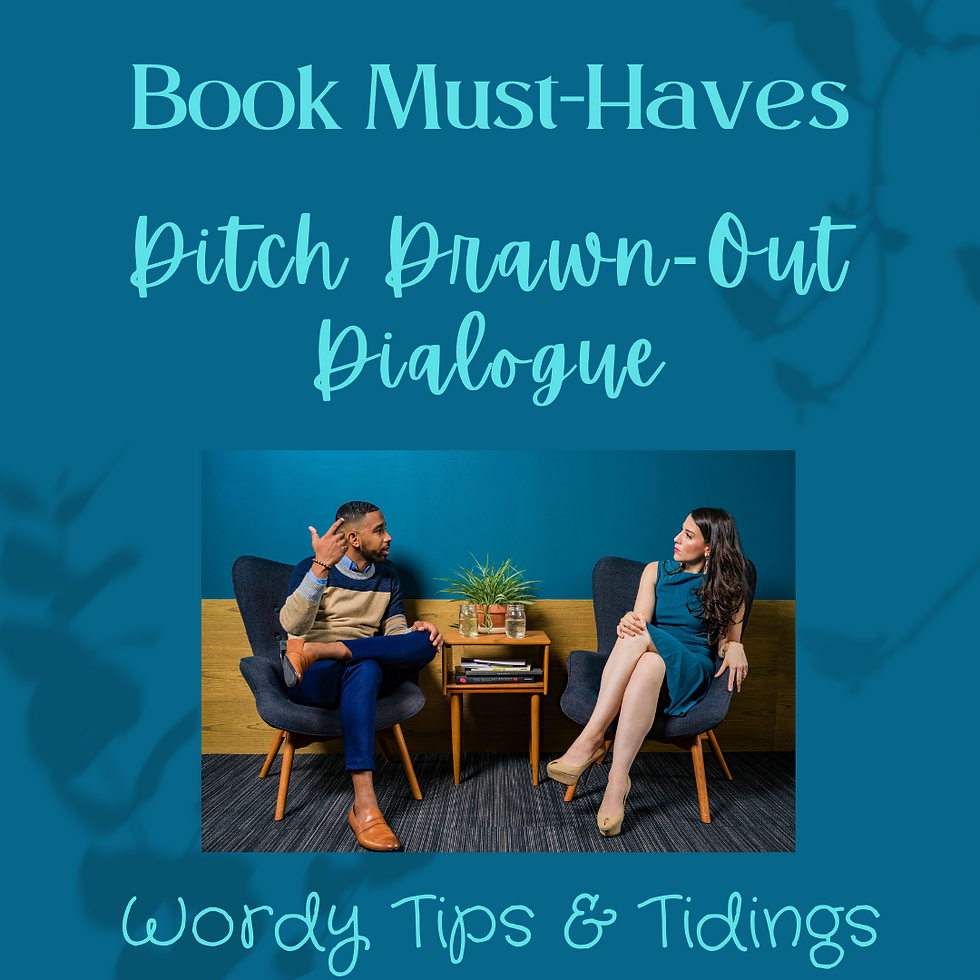
Aim for dialogue that’s concise yet informative. Sack soliloquies or save them for important explanations. Allow dialogue to unfold naturally between characters so readers get to know them. Include body language or what the character is doing by adding to dialogue tags or prefacing dialogue with these elements. “Damn it,” Ellie said after a dish slipped from her hand, landed in the soapy sink water, and splashed her in the eye. "Here, sweetie." Jake grabbed a dish towel and dabbed Ellie's eye with a gentle touch before kissing her forehead.
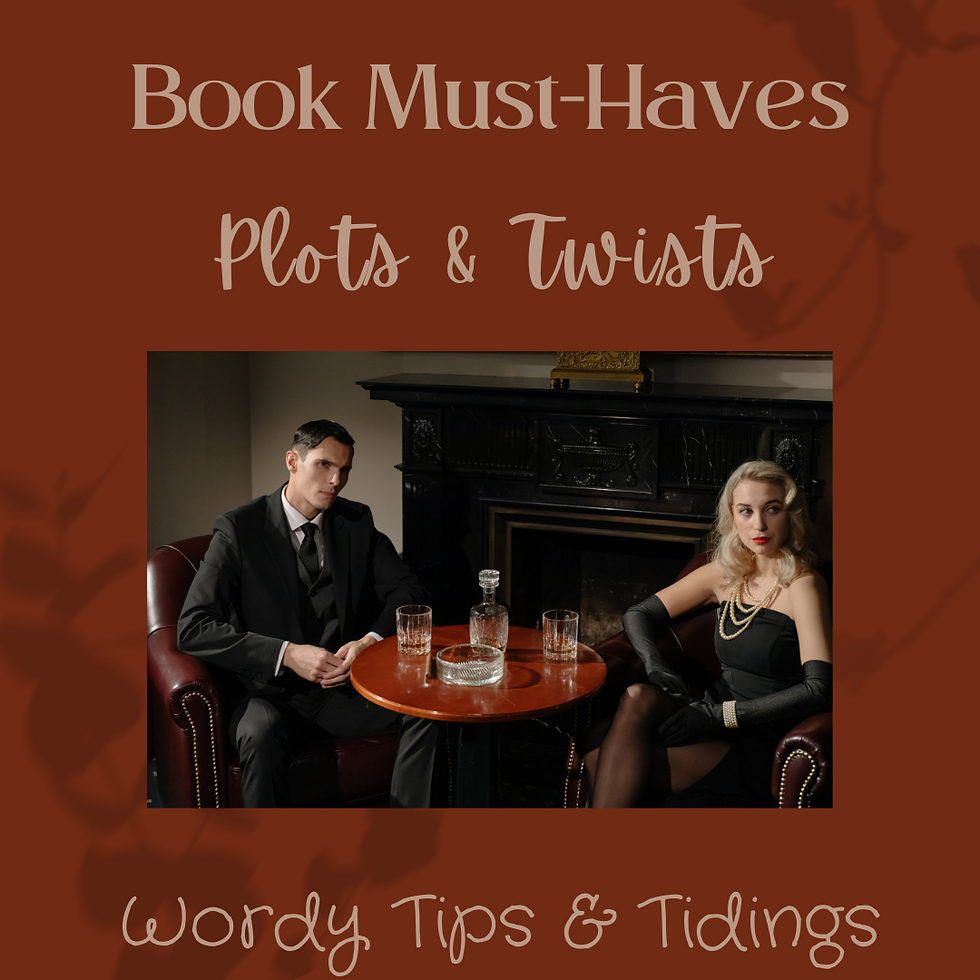
Readers don’t appreciate a laundry list of events. Weave in plot points that make sense and events that advance the story. Target twists and turns in a satisfying manner, not just for shock value. An author who knows their plots and subplots ahead of writing can better give their characters behaviors and reasons for heading in a certain direction or acting in a particular way. Then one can cue the twists with ease. Show readers how these surprising events affect the characters. Do they motivate, hinder, or change the stakes for your character? Pace your story from beginning to end with reasonable and diligent flow. Is the pace too slow, too fast, or just right? Watch out for snags, fix plot holes, and dump any parts, as much as you may love them, that drag. Sprinkle in clues and lead readers to the precipice before revealing the true plot.
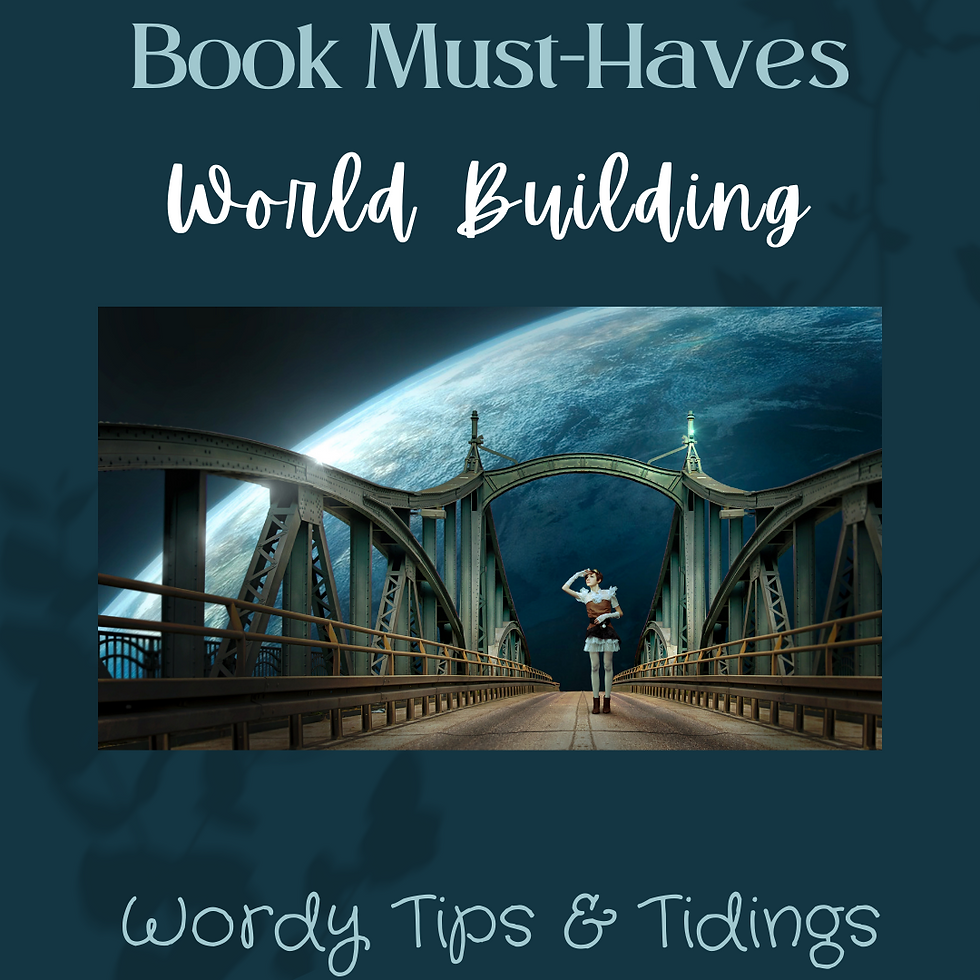
Construct your story’s world with time and care. Appropriate ambience in every scene is just as important as timeline and location. Close your eyes and picture all the nuances. The homes, animals, and insects. Plants, trees, and sky. Sounds, aromas, and tastes. Governmental structure, laws, and currency. The oddities and ordinary. Are there warring factions or peace and kumbaya? Maybe there’s a mixture. How does your protagonist fit into this world or not?
If you’re writing fantasy or sci-fi, the world is of utmost importance. Include magic or technology. Spice it up with mythical creatures, demons, or monsters. Add supernatural powers or advanced machines and weapons. You may want to describe hairstyle trends and fashion.

Though it may seem overwhelming at first, the more you practice and focus on the essentials above, the better your writing gets and the closer you move toward publication. Tackle these elements one at a time or keep them in mind as you draft your novel.






Comments